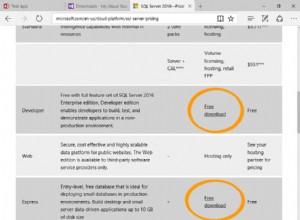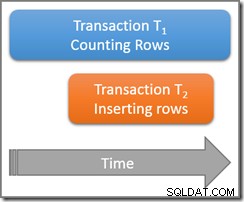Jedna metoda używa lag() :
select t.*
from (select t.*,
lag(status) over (partition by val, name order by date) as prev_status
from t
) t
where status = 'open' and
(prev_status is null or prev_status <> 'open');
Może to zwrócić więcej niż jeden wynik testu, jeśli status może „powrócić” do 'open' . Możesz użyć row_number() jeśli nie chcesz tego zachowania:
select t.*
from (select t.*,
row_number() over (partition by val, name, status order by date) as seqnum
from t
) t
where status = 'open' and seqnum = 1;
EDYCJA:
(dla danych dostosowanych)
Możesz po prostu użyć agregacji warunkowej:
select val, name,
min(case when status = 'open' then status end) as o_gate,
min(case when status = 'open' then dt end) as o_dt,
max(case when status = 'close' then status end) as c_gate,
max(case when status = 'close' then dt end) as c_dt,
from t
group by val, name;
Tutaj to db<>skrzypce
Jeśli chcesz zrekonstruować id , możesz użyć wyrażenia takiego jak:
row_number() over (order by min(dt)) as id




